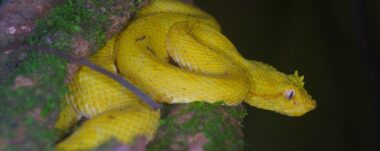The Protection of the Coris Wetland in Cartago
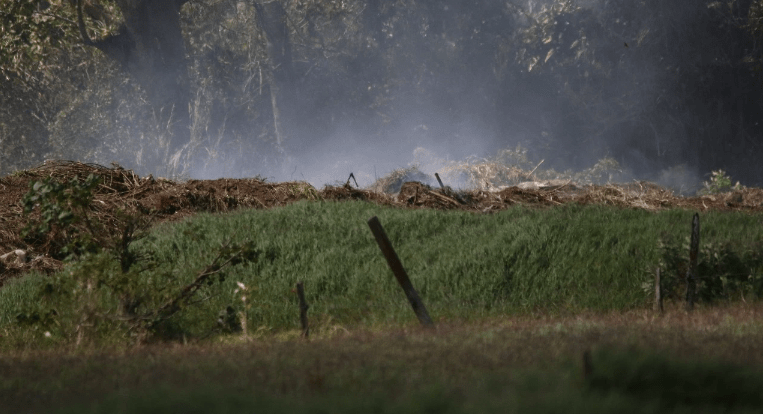
The Coris wetland, a natural oasis in the midst of urban development in Cartago, Costa Rica, faces significant threats to its ecological integrity. Described as an “oasis in the middle of a concrete and asphalt desert,” this important ecosystem is home to a great diversity of wildlife, most notably its avian population.
Coris Wetland in Danger from Unauthorized Activities.
The Ornithological Association of Costa Rica has witnessed the impressive presence of birds in this area, recording more than 150 species, including the dancing hawk, red-headed vulture, red-breasted vulture, and red-necked skua, among many others. But the tranquility of this habitat is threatened by a series of unauthorized human activities that are causing irreparable damage to the wetland.
Ecological significance of the Coris Wetland:
1. The Coris Wetland is an “oasis in the middle of a concrete and asphalt desert”, and is home to numerous species of fauna, mainly birds.
2. The Ornithological Association of Costa Rica has recorded the presence of birds in the sector.
3. This site is considered a geologically and environmentally important ecosystem.
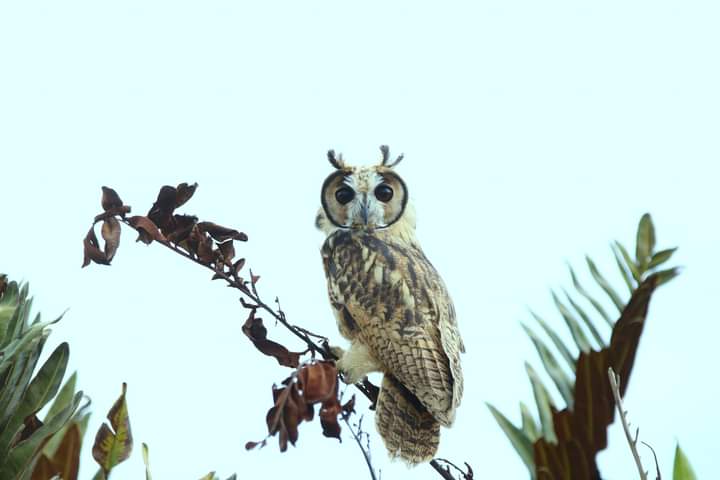

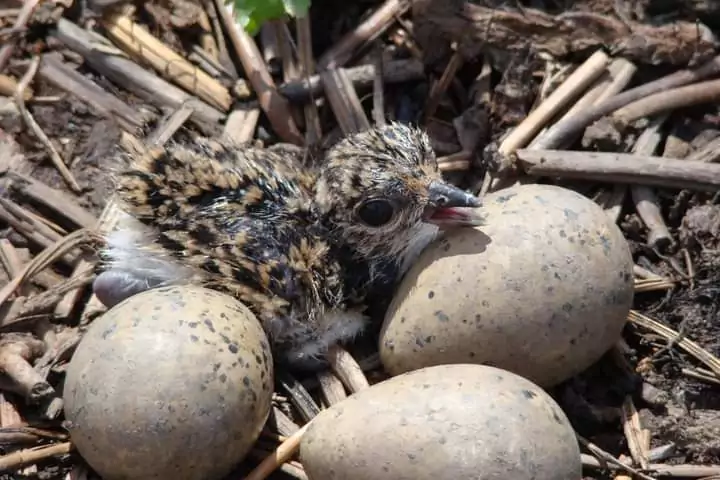
Some of the main concerns include complaints filed by local residents and environmental organizationsregarding unauthorized drainage and dredging activities. There are allegations that personnel from the La Mara farm have carried out these actions in the Coris wetland, with the intention of carrying out an agricultural nursery project. This is not only affecting the natural water sources and surrounding ecosystems, but also compromising the unique biodiversity of the area.
According to the complaint filed by the Asociación Ecologista Nido de Halcón, the Coris wetland is home to water springs, natural springs and hydrothermal springs, making it an area of vital importance for the aquifer recharge that extends all the way to the Doña Ana Lagoon in Paraíso. For this reason, there is an urgent need to protect and preserve this valuable natural resource.
Low Hazard: Dredging and Urbanization Risk
Beyond dredging activities, there have also been reports of the threat posed by urban developments that are moving ever closer to the wetland. This progressive urbanization could have devastating consequences for the ecosystem, as well as for the wetland’s ability to mitigate flooding and improve water quality, vital functions it performs in the urban context.
Aside from its avian biodiversity, the ecological importance of the Coris wetland goes far beyond its avian biodiversity. Mammals such as coatis, raccoons, coyotes, rabbits, ocelots, and gray foxes, along with various species of snakes, also find refuge in this habitat. These species contribute to the ecological balance of the area and their survival is directly linked to the preservation of the wetland.
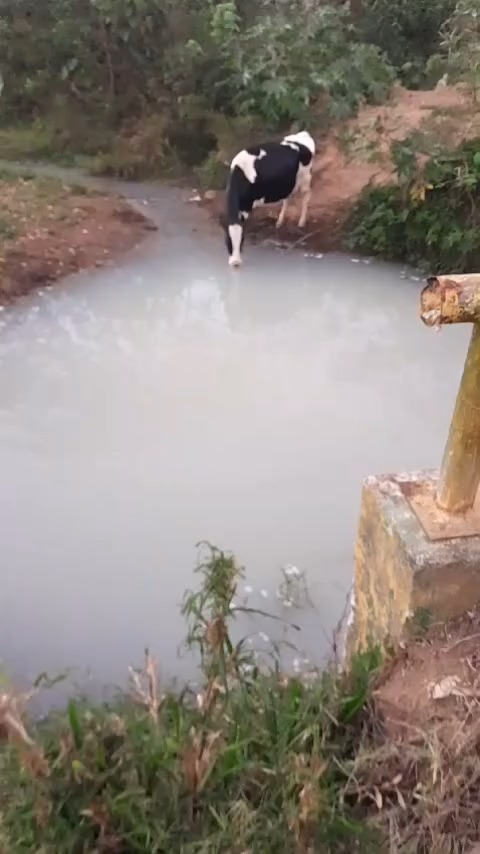
On Earth Day some celebrate and others denounce. This is how the creeks of Coris in Cartago go down, due to pollution from factories, and at the moment there are only 4 or 5 companies, but they want to develop 20 or 30 more factories. What will be the socio-environmental future with so much pollution? What will happen to the Carvajal, Barahona, Luisa, Coris and Purires rivers, ask the neighbors concerned about the environment? Apparently this specific contamination corresponds to a ceramic factory that, according to a neighbor, releases some broth in the early hours of the morning on weekends, trying to hide the action, but it is killing all the aquatic life that depends on these ecosystems, even the livestock is affected by these unfortunate facts.
bloque_verde
Environmental problems:
Urban, industrial and commercial growth: The wetland is affected by the large urban, industrial and commercial growth that is developing around it, which generates pressure on this natural ecosystem.
Heavy machinery entry: The entry of heavy machinery into the wetland has been reported, which can cause direct damage to the ecosystem and the fauna that inhabits it.
Fires: Forest fires have been another cause of damage to the wetland, affecting its vegetation and biodiversity.
Unauthorized drainage and dredging activities: Unauthorized drainage and dredging activities have been carried out in the wetland, which is causing direct damage to this important ecosystem.
Given this critical situation, it is imperative that the competent authorities take urgent measures to stop environmental degradation in the Coris wetland. Asociación Ecologista Nido de Halcón’s request for urgent precautionary actions reflects the pressing need to protect this unique natural environment in Costa Rica’s Central Valley. The preservation of this wildlife oasis benefits local biodiversity and enhances community well-being and quality of life.
Sensorial Sunsets
Navigate articles





